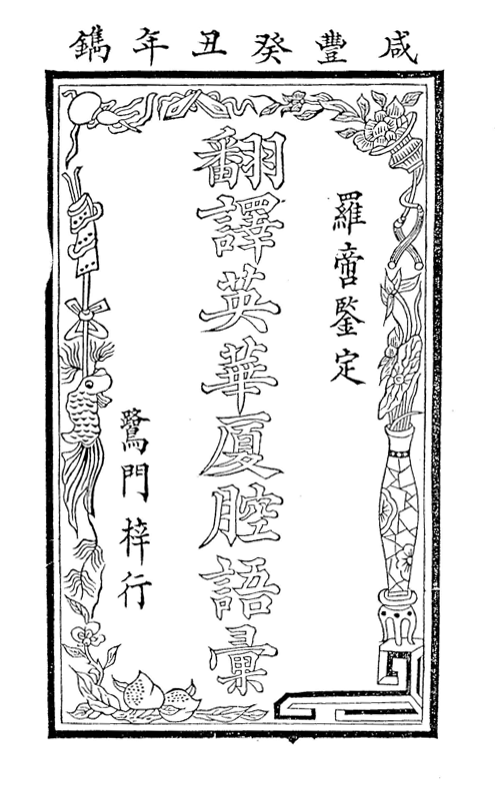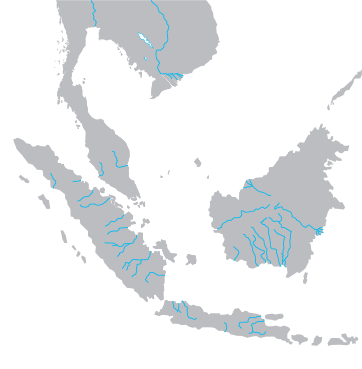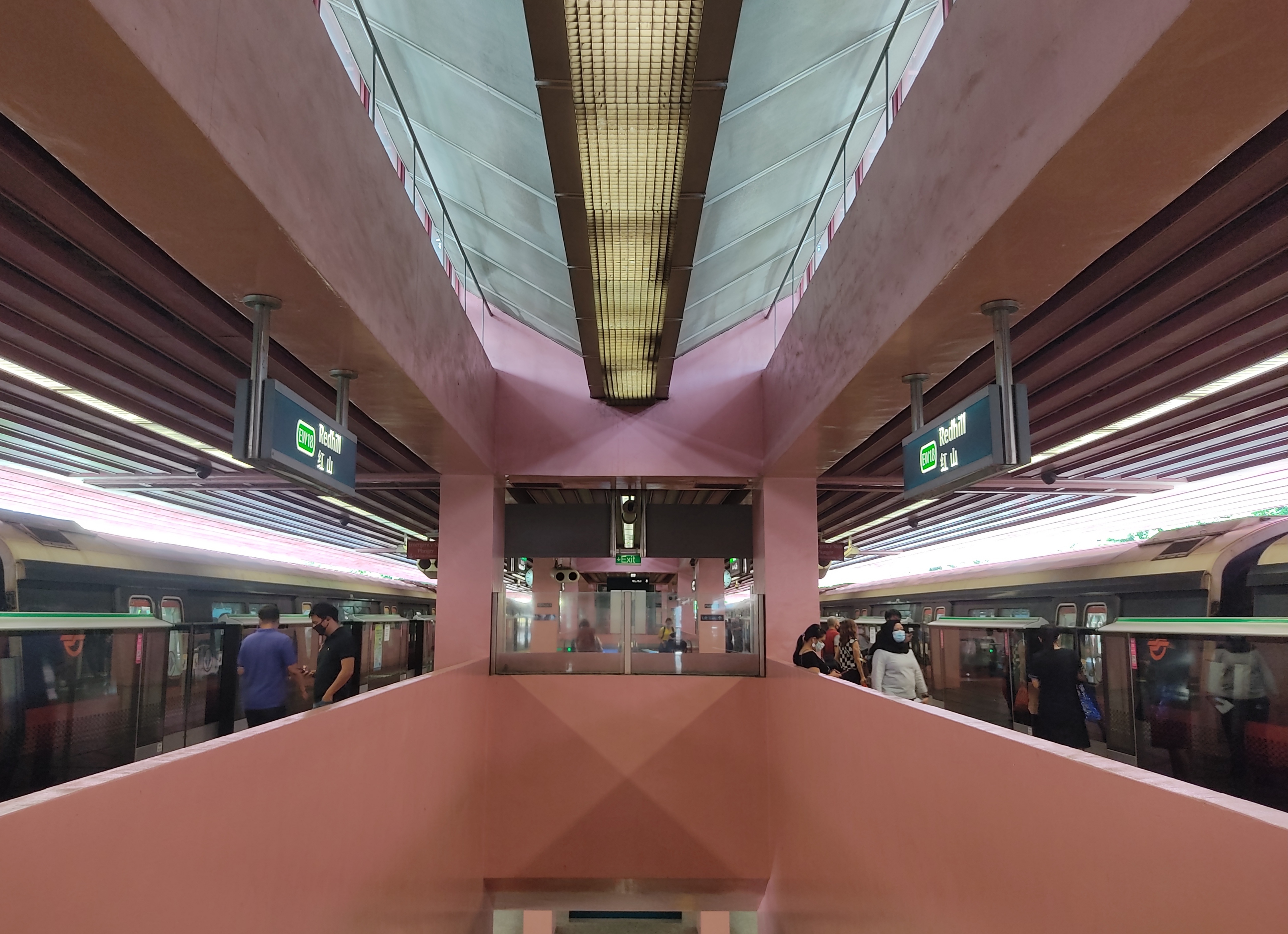|
Alexandra, Bukit Merah
Alexandra is a subzone region located in the town of Bukit Merah, Singapore. The region comprises two non contiguous neighbourhoods: Alexendra Hill and Alexendra North. It is located along the road which the place had its name derived from, at the eastern border of the Queenstown district. Alexandra North, which refers to the precinct near Redhill MRT station, consists mainly of condominiums together with a park. Alexandra Hill, which is often referred to as Brickworks Estate or Rumah Tinggi, mainly consists of HDB flats and is also home to an IKEA showroom. There is also a shopping centre in the district which recently opened its doors in 2016, Alexandra Central, beside the IKEA building. There is also the historical Alexandra Hospital, located near the region. See also *Kim Seng Road Kim Seng Road () is a street in Singapore that runs along the upper-easternmost portion of the Bukit Merah- Central Area border. It was named after Peranakan philanthropist, Tan Kim Seng. To ... [...More Info...] [...Related Items...] OR: [Wikipedia] [Google] [Baidu] |
Bukit Merah
Bukit Merah, also known as Redhill, is a Planning Areas of Singapore, planning area and New towns of Singapore, new town situated in the southernmost part of the Central Region, Singapore, Central Region of Singapore. The planning area borders Tanglin to the north, Queenstown, Singapore, Queenstown to the west and the Downtown Core, Outram, Singapore, Outram and Singapore River planning areas of the Central Area, Singapore, Central Area to the east. It also shares a maritime boundary with the Southern Islands planning area to the south. Bukit Merah is linked to Sentosa Island via Sentosa Gateway, Sentosa Broadwalk, Sentosa Express and the Singapore Cable Car, Cable Car. Bukit Merah planning area also includes two offshore islands which are linked to the mainland by road, namely Pulau Brani and Keppel Island, Singapore, Keppel Island. It is the most populated planning area in the Central Region, and the 12th most populated planning area in the country overall, being home to more t ... [...More Info...] [...Related Items...] OR: [Wikipedia] [Google] [Baidu] |
Chinese Language
Chinese ( or ) is a group of languages spoken natively by the ethnic Han Chinese majority and List of ethnic groups in China, many minority ethnic groups in China, as well as by various communities of the Chinese diaspora. Approximately 1.39 billion people, or 17% of the global population, speak a variety of Chinese as their first language. Chinese languages form the Sinitic languages, Sinitic branch of the Sino-Tibetan language family. The spoken varieties of Chinese are usually considered by native speakers to be dialects of a single language. However, their lack of mutual intelligibility means they are sometimes considered to be separate languages in a Language family, family. Investigation of the historical relationships among the varieties of Chinese is ongoing. Currently, most classifications posit 7 to 13 main regional groups based on phonetic developments from Middle Chinese, of which the most spoken by far is Mandarin Chinese, Mandarin with 66%, or around 800&nb ... [...More Info...] [...Related Items...] OR: [Wikipedia] [Google] [Baidu] |
Pinyin
Hanyu Pinyin, or simply pinyin, officially the Chinese Phonetic Alphabet, is the most common romanization system for Standard Chinese. ''Hanyu'' () literally means 'Han Chinese, Han language'—that is, the Chinese language—while ''pinyin'' literally means 'spelled sounds'. Pinyin is the official romanization system used in China, Singapore, Taiwan, and by the United Nations. Its use has become common when transliterating Standard Chinese mostly regardless of region, though it is less ubiquitous in Taiwan. It is used to teach Standard Chinese, normally written with Chinese characters, to students in mainland China and Singapore. Pinyin is also used by various Chinese input method, input methods on computers and to lexicographic ordering, categorize entries in some Chinese dictionaries. In pinyin, each Chinese syllable is spelled in terms of an optional initial (linguistics), initial and a final (linguistics), final, each of which is represented by one or more letters. Initi ... [...More Info...] [...Related Items...] OR: [Wikipedia] [Google] [Baidu] |
Pe̍h-ōe-jī
( ; , , ; POJ), also known as Church Romanization, is an orthography used to write variants of Hokkien Southern Min, particularly Taiwanese Hokkien, Taiwanese and Amoy dialect, Amoy Hokkien, and it is widely employed as one of the writing systems for Southern Min. During its peak, it had hundreds of thousands of readers. Developed by Western missionary, missionaries working among the Chinese emigration, Chinese diaspora in Southeast Asia in the 19th century and refined by missionaries working in Xiamen and Tainan, it uses a modified Latin alphabet and some diacritics to represent the spoken language. After initial success in Fujian, POJ became most widespread in Taiwan and, in the mid-20th century, there were over 100,000 people literate in POJ. A large amount of printed material, religious and secular, has been produced in the script, including Taiwan's first newspaper, the ''Taiwan Church News''. During Taiwan under Japanese rule, Japanese rule (1895–1945), the use of was ... [...More Info...] [...Related Items...] OR: [Wikipedia] [Google] [Baidu] |
Peng'im
( zh, s=潮州话拼音方案, t=潮州話拼音方案: ( Teochew) ( Swatow), : or , : or ) is a Teochew dialect romanization system as a part of Guangdong Romanization published by Guangdong Provincial Education Department in 1960. The tone of this system is based on the Swatow dialect. The system uses the Latin alphabet to transcribe pronunciation and numbers to note tones. Before that, another system called , which was introduced by the missionaries in 1875, had been widely used. Since Teochew has high phonetic similarity with Hokkien, another Southern Min variety, and can also be used to transcribe Teochew. The name is a transcription of "" using this system. Contents Alphabet This system uses the Latin alphabet The Latin alphabet, also known as the Roman alphabet, is the collection of letters originally used by the Ancient Rome, ancient Romans to write the Latin language. Largely unaltered except several letters splitting—i.e. from , and from � . ... [...More Info...] [...Related Items...] OR: [Wikipedia] [Google] [Baidu] |
Malay Language
Malay ( , ; , Jawi alphabet, Jawi: ) is an Austronesian languages, Austronesian language spoken primarily by Malays (ethnic group), Malays in several islands of Maritime Southeast Asia and the Malay Peninsula on the mainland Asia. The language is an official language of Brunei, Malaysia, and Singapore. Indonesian language, Indonesian, a standardized variety of Malay, is the official language of Indonesia and one of the working languages of East Timor. Malay is also spoken as a regional language of Malays (ethnic group), ethnic Malays in Indonesia and the Thai Malays, southern part of Thailand. Altogether, it is spoken by 60 million people across Maritime Southeast Asia. The language is pluricentric and a ISO 639 macrolanguage, macrolanguage, i.e., a group of Mutual intelligibility, mutually intelligible speech varieties, or dialect continuum, that have no traditional name in common, and which may be considered distinct languages by their speakers. Several varieties of it ar ... [...More Info...] [...Related Items...] OR: [Wikipedia] [Google] [Baidu] |
Tamil Language
Tamil (, , , also written as ''Tamizhil'' according to linguistic pronunciation) is a Dravidian language natively spoken by the Tamil people of South Asia. It is one of the longest-surviving classical languages in the world,. "Tamil is one of the two longest-surviving classical languages in India" (p. 7). attested since 300 BC, 300 BCE.: "...the most acceptable periodisation which has so far been suggested for the development of Tamil writing seems to me to be that of A Chidambaranatha Chettiar (1907–1967): 1. Sangam Literature – 200BC to AD 200; 2. Post Sangam literature – AD 200 – AD 600; 3. Early Medieval literature – AD 600 to AD 1200; 4. Later Medieval literature – AD 1200 to AD 1800; 5. Pre-Modern literature – AD 1800 to 1900" at p. 610 Tamil was the lingua franca for early maritime traders in South India, with Tamil inscriptions found outside of the Indian subcontinent, such as Indonesia, Thailand, and Egypt. The language has a well-documented history wit ... [...More Info...] [...Related Items...] OR: [Wikipedia] [Google] [Baidu] |
National Library At Kolkata Romanization
The National Library at Kolkata romanisationSee p 24-26 for table comparing Indic languages, and p 33-34 for Devanagari alphabet listing. is a widely used transliteration scheme in dictionaries and grammars of Indic languages. This transliteration scheme is also known as ''(American) Library of Congress'' and is nearly identical to one of the possible ISO 15919 variants. The scheme is an extension of the IAST scheme that is used for transliteration of Sanskrit. Scheme table The table below mostly uses Devanagari but it also includes letters from Bengali () and Tamil () to illustrate the transliteration of non-Devanagari characters. Computer input by selection from a screen Many systems provide a way to select Unicode characters visually. ISO/IEC 14755 refers to this as a ''screen-selection entry method''. Microsoft Windows has provided a Unicode version of the Character Map program (find it by hitting then type charmap then hit ) since version NT 4.0 ... [...More Info...] [...Related Items...] OR: [Wikipedia] [Google] [Baidu] |
Singapore
Singapore, officially the Republic of Singapore, is an island country and city-state in Southeast Asia. The country's territory comprises one main island, 63 satellite islands and islets, and one outlying islet. It is about one degree of latitude () north of the equator, off the southern tip of the Malay Peninsula, bordering the Strait of Malacca to the west, the Singapore Strait to the south along with the Riau Islands in Indonesia, the South China Sea to the east, and the Straits of Johor along with the State of Johor in Malaysia to the north. In its early history, Singapore was a maritime emporium known as '' Temasek''; subsequently, it was part of a major constituent part of several successive thalassocratic empires. Its contemporary era began in 1819, when Stamford Raffles established Singapore as an entrepôt trading post of the British Empire. In 1867, Singapore came under the direct control of Britain as part of the Straits Settlements. During World ... [...More Info...] [...Related Items...] OR: [Wikipedia] [Google] [Baidu] |
Queenstown, Singapore
Queenstown is a Planning Areas of Singapore, planning area and New towns of Singapore, satellite residential town situated on the south-westernmost fringe of the Central Region, Singapore, Central Region of Singapore. It borders Bukit Timah to the north, Tanglin to the northeast, Bukit Merah to the east and southeast, as well as Clementi, Singapore, Clementi to the northwest and west. Its southern and southwesternmost limits are bounded by the Pandan Strait. Developed by the Singapore Improvement Trust in the 1950s and subsequently by the Housing and Development Board in the 1960s, Queenstown was the first satellite town to be built in the country. Most apartments within the township consists of simple one, two, or three-room flats, typically in low-rise, walk-up blocks. Major development work was carried out during the first Five-Year Building Programme between 1960 and 1965. A total of 19,372 dwelling units were constructed between 1952 and 1968. The headquarters of Grab (com ... [...More Info...] [...Related Items...] OR: [Wikipedia] [Google] [Baidu] |
Redhill MRT Station
Redhill MRT station is an above-ground Mass Rapid Transit (MRT) station in Singapore on the East West line (EWL). Operated by SMRT, the station serves nearby landmarks such as the Delta Swimming Complex and Thye Hong Centre. First announced in May 1982 as Alexandra, it was renamed to Redhill in June 1983. The station commenced operations along with the entire MRT system on 12 March 1988 by Prime Minister Lee Kuan Yew. Bicycle facilities for the station were expanded in July 1990. Half-height platform screen doors and high-volume low-speed fans were installed by August 2011 and the first quarter of 2013, respectively. In March 2017, a linkway was installed between Redhill and the Enabling Village, a community space for the disabled to be integrated into society. Like other elevated stations on the Tiong Bahru–Clementi stretch, the station feature grilles and horizontal louvres. Despite its name, Redhill features a pink colour scheme. Its roof also has clerestory windo ... [...More Info...] [...Related Items...] OR: [Wikipedia] [Google] [Baidu] |
Alexandra Canal, Singapore
Alexandra Canal is a 1.2-kilometer long functional and concrete canal in Singapore which stretches from Tanglin Road to Delta Road and Prince Charles Crescent. The canal has been converted into a recreational destination as a part of the Active, Beautiful and Clean (ABC) Water Programme undertaken by the Public Utilities Board of Singapore. History Alexandra Canal is one of the upper reaches of the Singapore River and Sungei Pandan, becoming the Singapore River after Kim Seng Bridge. The 1.2 km long canal stretches from Tanglin Road to Delta Road. Reconstruction of Alexandra Canal between Tanglin Road and Kim Seng Road took place from 1997 to 2008 to improve the structural condition of the canal and to alleviate flooding in the catchment. In 2011, a 250-metre stretch of Alexandra Canal, between Zion Road and Kim Seng Road, was reconstructed to improve drainage and prevent floods. A 200m stretch of the open waterway near Tanglin Road was decked over to create a water cascade ... [...More Info...] [...Related Items...] OR: [Wikipedia] [Google] [Baidu] |







